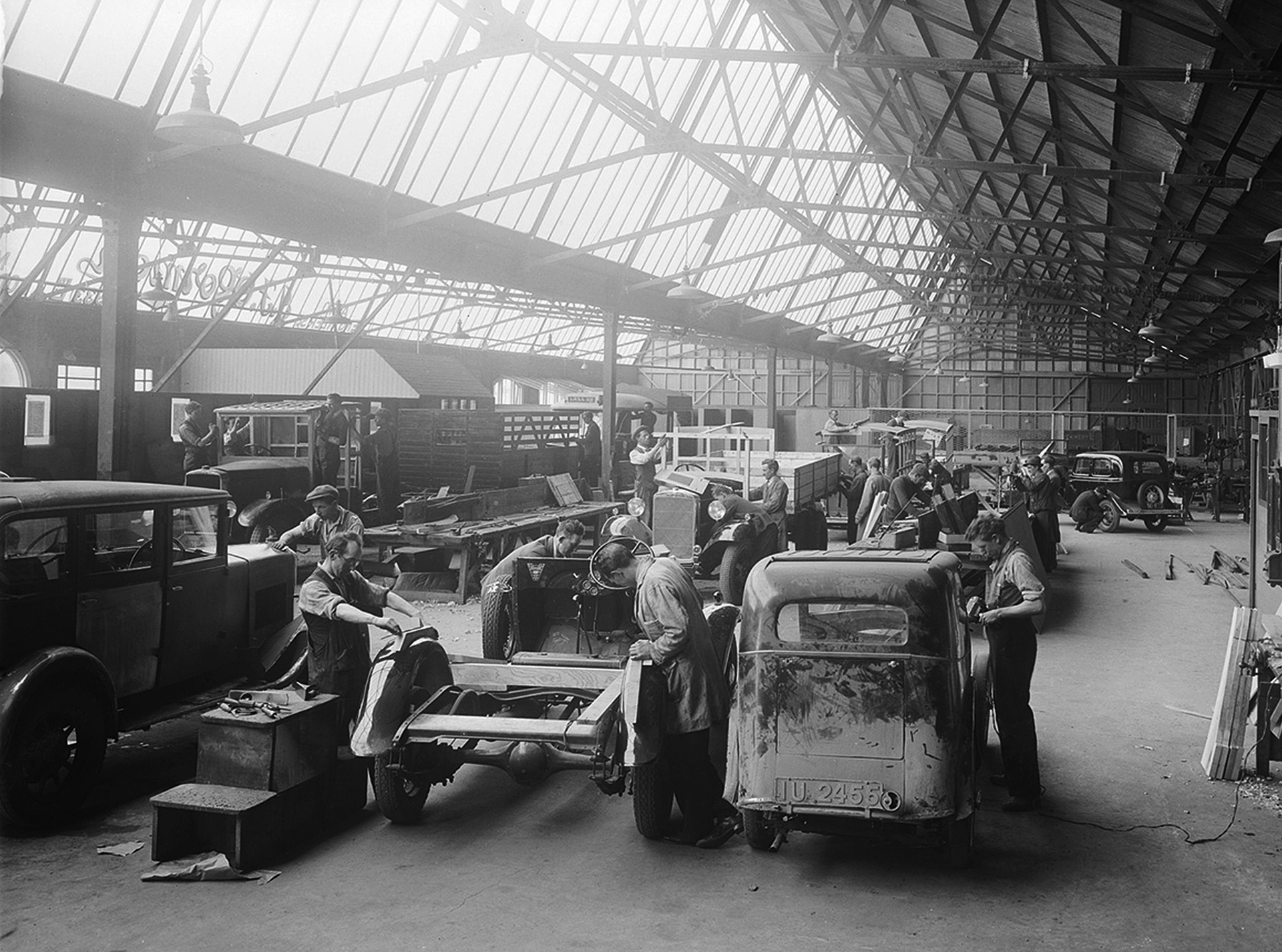Choosing the Right Materials for High-Efficiency Turbomachinery ComponentsIssuing time:2025-04-10 12:27Author:JXEM
Choosing the Right Materials for High-Efficiency Turbomachinery ComponentsImagine a gas turbine failing because of a bad blade. That means halted operations, big repair costs, and lost revenue. This all boils down to one thing: picking the right materials. Turbomachinery is essential. It powers planes, makes energy, and pumps oil. The need for higher efficiency keeps growing. Picking the best materials is vital. It ensures turbomachinery runs efficiently. Several key factors play a big part in making these important choices. Understanding the Demands on Turbomachinery MaterialsTurbomachinery parts work in harsh conditions. They face high heat, stress, and corrosive stuff. Let's look at these challenges. High Temperatures and Thermal CyclingExtreme heat hurts material properties. Creep is one concern. Oxidation is another. Hot corrosion can occur. Temperature changes during start-up and shut-down are very hard on materials. This can make the structure deteriorate more rapidly. Mechanical Stress and FatigueTurbines endure a lot of stress. This includes tension, compression, shear, and torsion. Fatigue failure is a big deal. Rotating parts are especially at risk. Fatigue happens when materials weaken from repeated stress. Corrosive EnvironmentsTurbines face corrosive stuff. Marine turbines deal with salt water. Gas turbines handle combustion byproducts. Corrosion comes in different forms. Pitting creates small holes. Crevice corrosion attacks tight spaces. Galvanic corrosion occurs when two metals interact. Key Material Properties for High-Efficiency PerformanceCertain material properties boost turbomachinery efficiency. Let's explore what matters most. High Strength-to-Weight RatioA high strength-to-weight ratio is key. It cuts centrifugal forces. That improves efficiency a lot. Titanium alloys are an example. It really shines here. They are both strong and light. Creep ResistanceCreep is when materials slowly deform under stress at high temperatures. Good creep resistance matters a lot. Some materials handle high heat better than others. Nickel-based superalloys are one example. Fatigue StrengthFatigue strength is how well a material handles repeated stress. It is a vital thing to consider. Techniques like shot peening can help. It improves fatigue life. Surface treatments help, too. Common Material Choices and Their ApplicationsMany materials find a home in turbomachinery. Let's look at some common ones. Nickel-Based SuperalloysNickel-based superalloys, like Inconel, work well in very hot places. They’re often used for turbine blades. These superalloys can handle heat and stress. Titanium AlloysTitanium alloys are strong, light, and resist corrosion. They're good for compressor blades. They are also good for discs. They boost efficiency. Advanced SteelsSpecial steels are used in turbomachinery. Martensitic stainless steels can work. They function in less harsh places. These steels can provide strong structure without the added costs. Advanced Materials and Emerging TechnologiesNew materials are changing turbomachinery. Check out these innovations. Ceramic Matrix Composites (CMCs)CMCs are light and strong at high temperatures. They might replace turbine blades one day. But, they are expensive. Also, they can be brittle. Additive Manufacturing (3D Printing)Additive manufacturing, also known as 3D printing, creates complex shapes. It uses new materials. It helps to make parts lighter. It boosts performance, too. High Entropy Alloys (HEAs)HEAs might handle extreme conditions well. They mix unique properties. They are a promising new material. Material Selection Process: A Holistic ApproachPicking the right material takes careful thought. Here's a step-by-step method. Performance Requirements AnalysisFirst, know the operating conditions. Understand the stresses. Think about the environment. The more that is known, the better. Material Testing and EvaluationTest materials thoroughly. Check performance. Make sure everything is reliable. Validate your choices. Cost-Benefit AnalysisBalance performance and cost. Consider all expenses. Make smart financial choices. ConclusionChoosing the right material for turbomachinery is key for high efficiency. Think about performance, cost, and reliability. Consult experts. Test materials. Make smart choices for the best results.
Article classification:
Industrial trends
|
 When it comes to high-efficiency turbomachinery components, the choice of materials plays a critical role in performance and durability. Selecting the right materials for these industrial components can make a significant impact on overall efficiency and energy savings. In this article, we will delve into the importance of material selection for high-efficiency turbomachinery and explore some advanced materials that are revolutionizing the industry.
When it comes to high-efficiency turbomachinery components, the choice of materials plays a critical role in performance and durability. Selecting the right materials for these industrial components can make a significant impact on overall efficiency and energy savings. In this article, we will delve into the importance of material selection for high-efficiency turbomachinery and explore some advanced materials that are revolutionizing the industry.